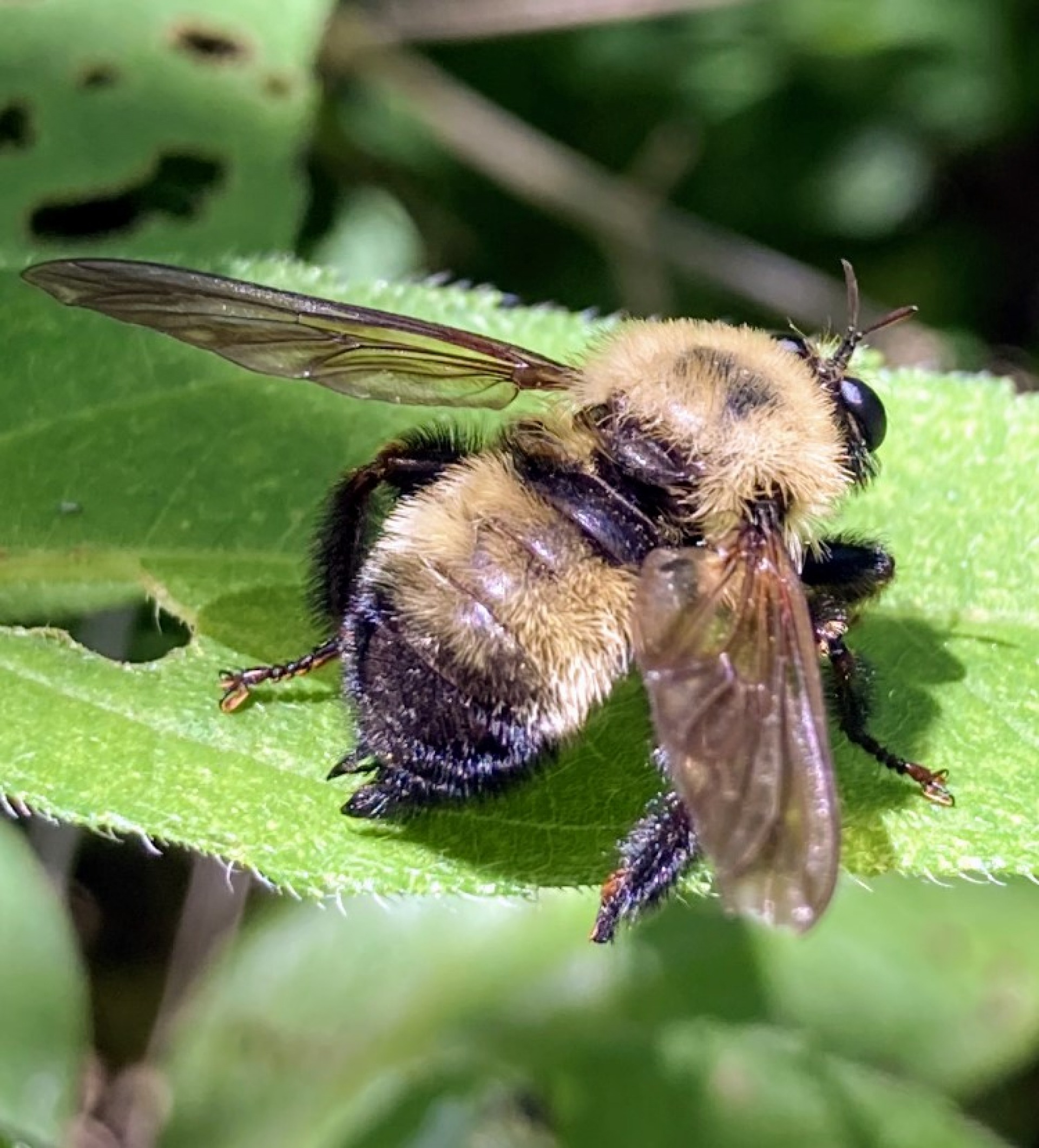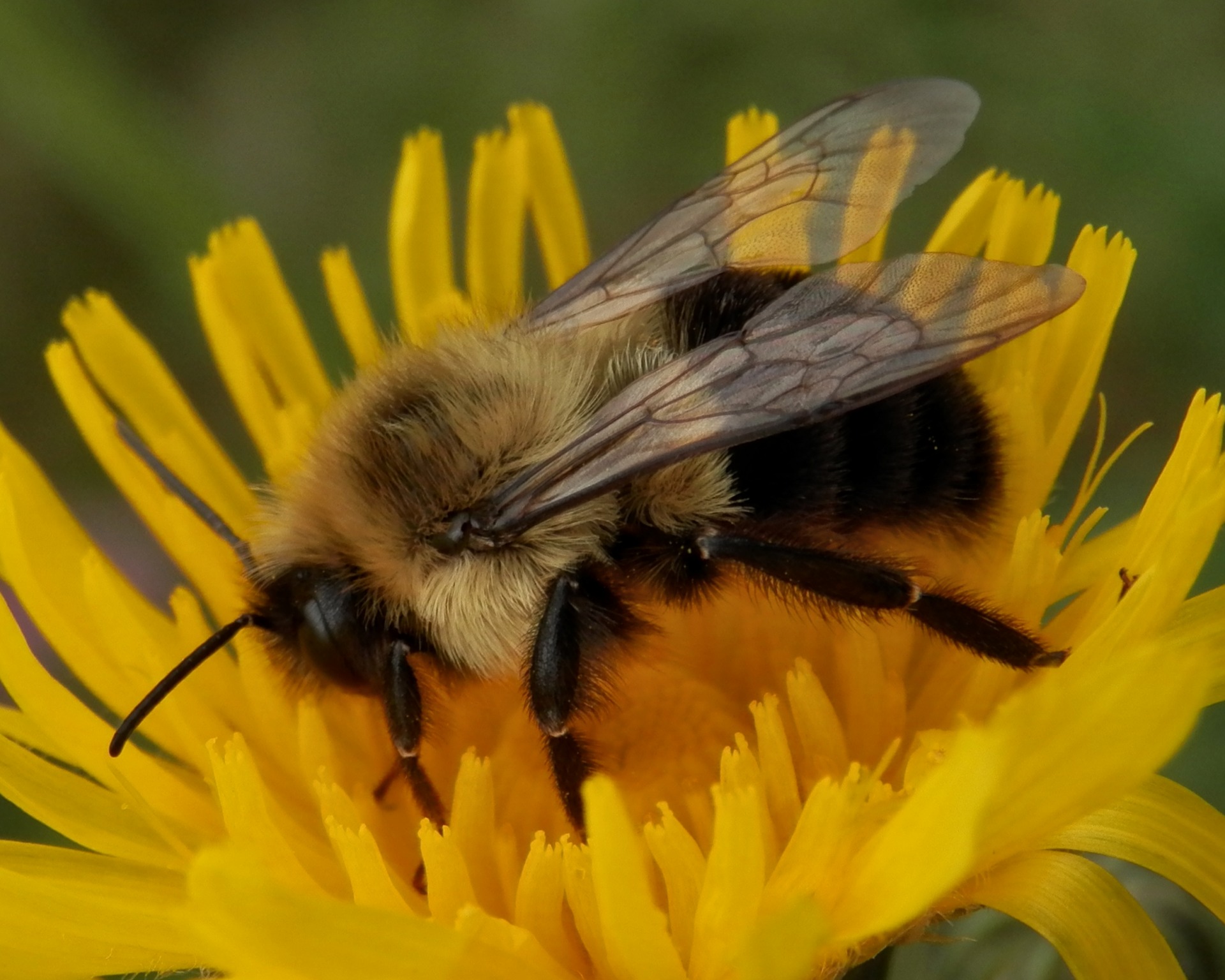These popular topics are heating up. Explore today's most viewed pages.

We often refer to all large fuzzy bees collectively as Bumble Bees but did you know that North America is home to 46 different Bumble Bee species?
Bumble Bees are social bees that live in colonies, unlike many other native bees that are solitary. The colonies can be found in the ground, often in abandoned rodent tunnels. Females overwinter in the ground, until spring rolls around and they set out to find a suitable nesting area. The bees are covered in hairs. These hairs are important because they aid the bumble bee in unintentionally pollinating plants as it forages from flower to flower, while also insulating them in colder temperatures in the early spring. Bumble Bees eat both nectar and pollen. When the queen has a brood of larvae (young) to raise she collects pollen in her pollen baskets to feed them.
Nearly 1/4 of North America's native Bumble Bees are threatened with extinction, including 4 species in Iowa! These native species are incredibly important to pollination & are threatened every day by pesticide use & habitat destruction.
How can you help support our native pollinators?
Interested in learning more? Check out this great brochure, "Bumble Bees of Iowa", courtesy of the Xerces Society. In addition to some great tips & resources this brochure will also help you identify 16 species of Iowa Bumble Bees including the endangered Rusty Patch.
